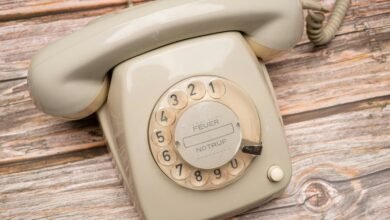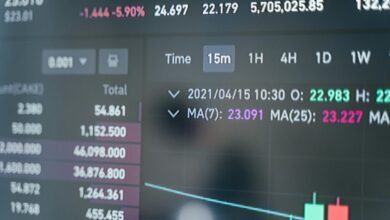The number 3303330411 exhibits characteristics commonly linked to telemarketing practices. Its structure suggests a specific geographic origin, which may aid in identifying potential risks. The call’s context often involves urgent language and unfamiliarity, raising red flags for recipients. Understanding these elements can enhance consumer awareness. However, the implications of such calls extend beyond mere annoyance, warranting a closer examination of their origins and the measures available to combat them.
Understanding the Number Format and Origin
How does the structure of a mobile number provide insights into its origin?
The number format reveals critical information, such as country codes and area codes, which indicate the call origin.
For instance, the initial digits can signify specific regions or service providers, allowing users to trace the geographical and operational roots of their calls.
Understanding this structure enhances awareness of telecommunications frameworks.
Common Call Types Associated With 3303330411
The phone number 3303330411 is often associated with various call types that can offer insights into the nature of the communication.
Notably, it frequently appears in telemarketing scams, exploiting consumer trust.
Furthermore, emerging robocall trends indicate a rise in automated calls linked to this number, raising concerns among recipients about the legitimacy and intent behind these unsolicited communications.
How to Identify and Handle Suspicious Calls
When assessing the legitimacy of a call, individuals often ponder the key indicators that can signal a potential scam.
Suspicious calls may exhibit unfamiliar numbers, urgent language, or requests for personal information.
Utilizing caller identification tools can help discern the caller’s origin, while implementing call blocking features provides an additional layer of security, ensuring individuals can maintain their freedom from unwanted disturbances.
Resources for Reporting and Blocking Unwanted Calls
Although many individuals encounter unwanted calls regularly, resources for reporting and blocking these disturbances are readily available.
Various reporting tools, such as the National Do Not Call Registry, empower consumers to document intrusive calls.
Additionally, numerous mobile applications offer effective blocking techniques, leveraging caller ID databases and community feedback to minimize disruptions, thus enhancing personal freedom and control over communication.
Conclusion
In summation, the number 3303330411 epitomizes the complexities of modern telecommunication, embodying a nexus of potential deception and consumer vulnerability. By understanding its origins and recognizing the hallmarks of suspicious calls, individuals can fortify themselves against these intrusive disturbances. Employing available resources to report and block such numbers not only empowers consumers but also cultivates a more secure communication landscape. Ultimately, vigilance serves as both shield and sword in the ongoing battle against telemarketing scams.




